Description
Computer Vision Metrics Analysis
Computer Vision Metrics Analysis — a comprehensive second-edition survey and taxonomy that bridges computer vision, visual neuroscience, and Visual AI to give researchers and engineers a single reference for evaluation, interpretation, and practical deployment.
Course Overview
This course presents an in-depth, structured tour of evaluation metrics, methodological taxonomy, and analytical techniques used in modern computer vision and visual neuroscience research. Moreover, it pairs theoretical foundations with practical examples so you can evaluate models rigorously and interpret their behavior reliably. Additionally, the course covers classical measures as well as recent task-specific metrics and robustness tests. Consequently, learners will leave able to choose, apply, and critique metrics across research and production settings.
What You’ll Learn
- Foundations of evaluation: precision, recall, F-score, ROC/AUC, and calibration.
- Task-specific metrics for classification, detection, segmentation, and tracking.
- Robustness and fairness metrics, including distributional shift and OOD evaluation.
- Neuroscience-inspired measures: perceptual similarity, representational similarity analysis (RSA), and neural encoding metrics.
- Taxonomy of metrics: comparative framework to pick metrics by objective and failure mode.
- Practical tooling: implementing metrics in Python, using libraries, and benchmarking pipelines.
- Best-practices for reporting results, reproducibility checklists, and metric selection heuristics.
Requirements
To get the most from this course you should have:
- Basic knowledge of Python programming and NumPy.
- Familiarity with machine learning fundamentals (classification, loss functions).
- Optional but helpful: prior exposure to deep learning libraries (PyTorch or TensorFlow).
Course Materials & Structure
The course contains lecture-style modules, code notebooks, downloadable reference sheets, and hands-on exercises. Furthermore, we include reproducible examples showing metric implementations and benchmarking scripts. Each module ends with practical exercises and suggested reading lists so you can immediately apply the concepts. In addition, the second edition adds new chapters linking behavioral and neural measures to algorithmic evaluation.
Learning Outcomes
By the end of this course you will be able to:
- Select appropriate metrics for a given vision task and objective.
- Implement and validate metrics in reproducible pipelines.
- Diagnose model failures using targeted evaluation strategies.
- Integrate neuroscience-inspired metrics to better align models with human perception.
- Communicate evaluation results clearly for research papers and product reports.
About This Publication
This second-edition course updates the original survey with contemporary metrics and a refined taxonomy. The material synthesizes peer-reviewed literature and open-source tooling. Furthermore, the instructor/author is an experienced researcher with contributions to evaluation benchmarks and several open-source metric libraries. If you seek a single, practical reference to evaluation in Visual AI and visual neuroscience, this course provides the roadmap and tools you need.




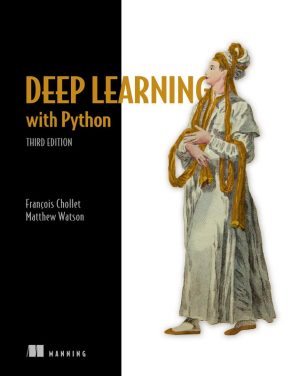
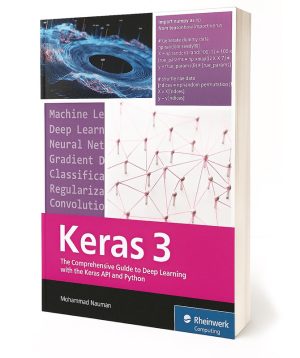




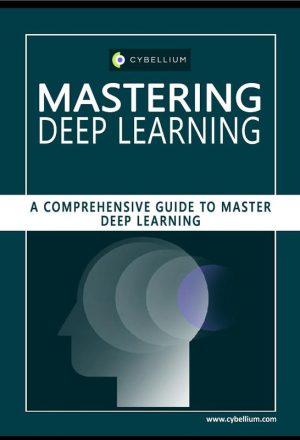



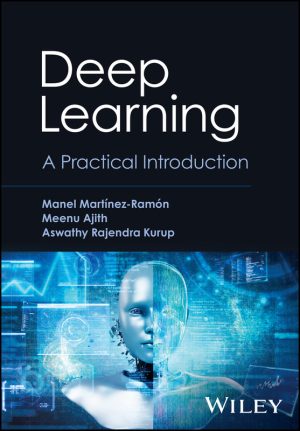
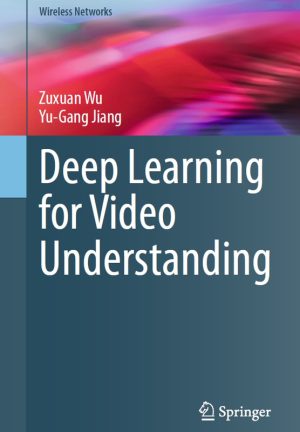


Reviews
There are no reviews yet.